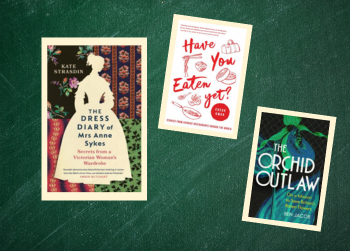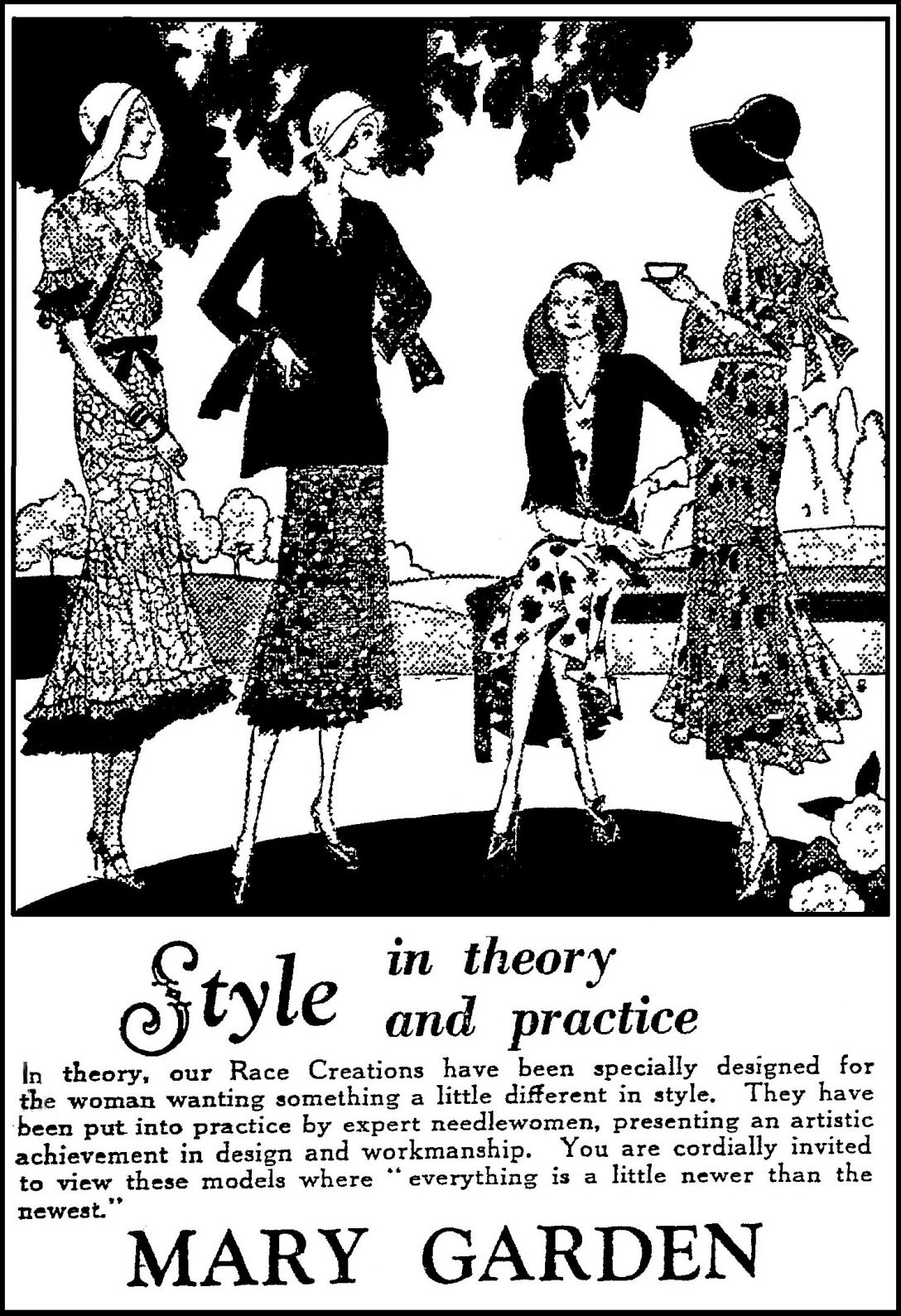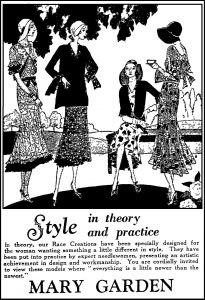In 1838, Anne Sykes began to collect an array of fabrics in her personal diary, a project she dedicated herself to during her early adulthood. She collected scraps of her own clothes as well as those of her family and friends, just as some in those years might have collected signatures or locks of hair, resulting in a wonderful record of the fabrics and fashions of her youth. By the 1970s, the diary found its way to a market and then eventually into the hands of fashion historian Kate Strasdin. As she pored over its swatch-laden pages, a picture emerged – not just of Anne Sykes herself but a wider tale of the time too. Strasdin explores this unique glimpse into the Victorian era in her own book, which you can find below.
As for the other picks for this month, the theme of adornments continues in Tiny Statements, a book based on Te Papa’s eclectic collection of badges. For the ecologically inclined we have a guide to navigating the climate crisis alongside author Ben Jacob’s record of his efforts to stave off the decline of wild-growing orchids. Lastly, if you don’t mind a bit of a queue, Dr Emma Espiner’s fantastic memoir is well worth the wait. She writes with wit, passion and empathy, touching on numerous subjects including her whānau, working in healthcare in Aotearoa, and so much more – every bit of it powerful.
There’s a cure for this : a memoir / Espiner, Emma
“From award-winning writer Dr Emma Espiner comes this striking and profound debut memoir. Encompassing whānau, love, death, ’90s action movies and scarfie drinking, There’s a cure for this is Espiner’s own story, from a childhood spent shuttling between a ‘purple lesbian state house and a series of man-alone rentals’ to navigating parenthood on her own terms; from the quietly perceived inequities of her early life to hard-won revelations as a Māori medical student and junior doctor during the Covid-19 pandemic. Clear, irreverent and beautiful, this book offers a candid and moving examination of what it means to be human when it seems like nothing less than superhuman will do.” (Catalogue)
The frontier below : the past, present and future of our quest to go deeper underwater / Maynard, Jeff
“We do not see the ocean when we look at the water that blankets more than two thirds of our planet. We only see the entrance to it. The first divers to enter that world held their breath and splashed beneath the surface, often clutching rocks to pull them down. Over centuries, they invented wooden diving bells, clumsy diving suits, and unwieldy contraptions in attempts to go deeper and stay longer. But each advance was fraught with danger, as the intruders had to survive the crushing weight of water, or the deadly physiological effects of breathing compressed air. Today, as nations scramble to exploit the resources of the ocean floor, The Frontier Below recalls a story of human endeavour that took 2,000 years to travel seven miles.” (Adapted from Catalogue)
The dress diary of Mrs Anne Sykes / Strasdin, Kate
“In 1838, Anne Sykes began collecting snippets of fabric from a range of garments in her diary, carefully annotating each one. Nearly two hundred years later, the diary fell into the hands of Kate Strasdin, a fashion historian and museum curator. Piece by piece, fragments of cloth become windows into Victorian life: pirates in Borneo, the complicated etiquette of mourning, poisonous dyes, the British Empire in full swing, rioting over working conditions and the terrible human cost of Britain’s cotton industry. This is life writing that celebrates ordinary people: the hidden figures, the participants in everyday life. Strasdin lays bare the whole of human experience in the most intimate of mediums: the clothes we choose to wear.” (Adapted from Catalogue)
Continue reading “Fabric Hoarders and Orchid Outlaws: New popular non-fic”




